The Translation of Fictive Dialogue
This volume presents a systematic overview of current research on the issues that arise when recreating and translating dialogue in works of fiction (including narrative, drama and film scripts). The central concept is that of fictive orality, a situational linguistic variety differing from spontaneous speech in various respects. Speech in fiction is the product of stylised recreation or evocation by an author. While realism and authenticity may be the most celebrated qualities, ultimately, the literary functions and the semiotic dimension of dialogue place significant constraints on the decisions taken both by the source text authors and the translators. Moreover, the traditions and conventions of the target culture act as powerful sources of expectations that influence the final form of the text.This collective volume is divided into three parts: Part 1 deals with the translators’ own reflections on the qualities of fictive dialogue. Part 2 discusses the interaction of fictive orality with other varieties such as dialects (geographical, chronological and social) and genres. Part 3 discusses a range of language resources present in fictive dialogue (syntax and sentence connection, information packaging, pragmatic markers and modalisers, appreciative morphology and phrasemes, spelling and typographical conventions, deictics, etc). All chapters present research results in an accessible language and are thoroughly illustrated with translations from and into various European languages (English, German, French, Spanish, Catalan, Romanian and Italian) and their varieties. The volume will be of interest for scholars in translation studies and contrastive linguistics, for graduate students, and for readers interested in the translation of style.
{{comment.content}}
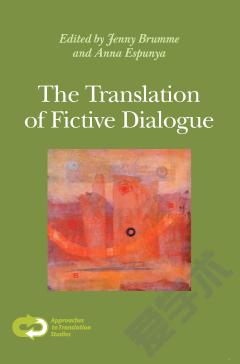
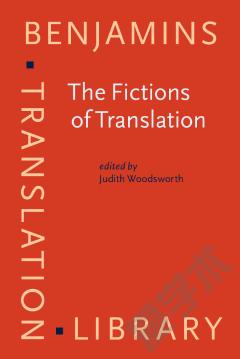

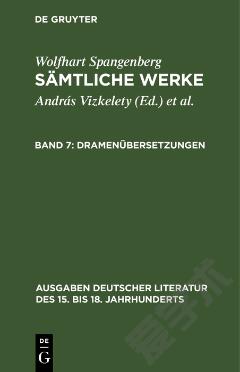
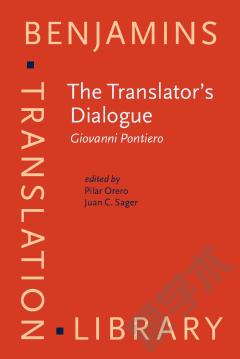
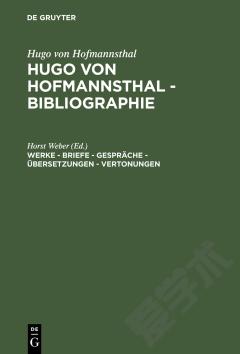


 京公网安备 11010802027623号
京公网安备 11010802027623号